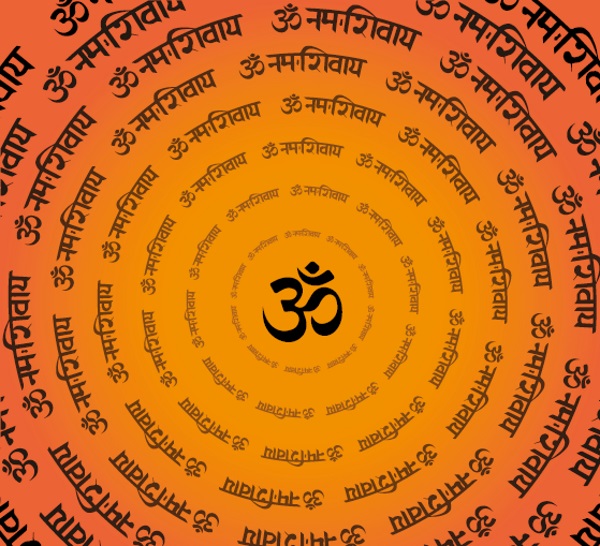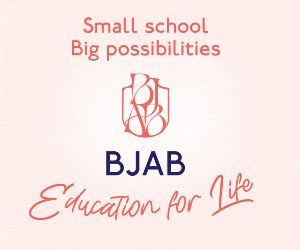 – gayatri mantra: gives wisdom and enlightenment. It translates into “we meditate on the glory of that being who has produced this universe; may he enlighten our minds”. It was popularized by Deva Premal and Miten, spiritual new-age musicians, who are famous for putting ancient Buddhist and Sanskrit mantras into modern contemporary settings.
– gayatri mantra: gives wisdom and enlightenment. It translates into “we meditate on the glory of that being who has produced this universe; may he enlighten our minds”. It was popularized by Deva Premal and Miten, spiritual new-age musicians, who are famous for putting ancient Buddhist and Sanskrit mantras into modern contemporary settings.
– om namah shivaya: dedicated to Lord Shiva. It translates into “I bow to Shiva, the supreme deity of transformation who represents the truest, highest self”. Or a Modern translation: “I honour the divinity within myself.” This is a great mantra to help build self-confidence, reminding us that we are all made up of divine energy and should treat ourselves accordingly.
– Om mani padre hum: Originally from Tibet, this mantra is perhaps the most international of all mantras, as it is popular and recited in all of Asia. Composed of six syllables, it is highly symbolic. It translates into “Hail the Jewel in the Lotus”. The jewel in this case is the Buddha of Compassion.
– Om Gum Ganapatayei Namah: Translated into “I bow to the elephant-faced deity [Ganesh] who is capable of removing all obstacles. I pray for blessings and protection”. In Hindu teachings, Ganesh is the god of wisdom and success and the destroyer of obstacles. This mantra is used in the context of facing big challenges in life.
Modern mantras
Singing and reciting in Sanskrit can be enjoyable but is not accessible to everyone today. Chanting in Sanskrit is like singing Latin hymns and trying to make sense of them. Therefore, adopting a mantra doesn’t have to come from Sanskrit. A mantra can be from your own native tongue. Mantras can be as simple as a word that speaks to you. In all cases, it should be something that lifts you up and empowers you.
A more modernized definition of a mantra is a positive affirmation or a state of mind that you wish to obtain which you would say to yourself especially when you feel anxious or discouraged. A simple example would be, “I am calm,” which you would repeat throughout the day until you do feel calm (or calmer). It may feel silly and endless at first, but practicing does bring positive change in your mood and thought patterns.
Other examples of modern English mantras are:
-An attitude of gratitude
-Change your thoughts, change your world
– I am love
– Breathe
Mantras are always available to you at any time and at any place. The great thing about mantras is that they are easy to use. No props or tools are required like in yoga or other practices. The way you process them is completely up to you: by singing them out loud or mediating silently on them, in your shower, on your yoga mat or on the bus. The more you repeat them, the more powerful and empowering they are. Chanting or reciting a mantra over and over may not sound appealing, but it can have a positive effect on your overall mindset and mood.
So, if sound was powerful enough to create the universe, what’s your mantra to guide you in life?






